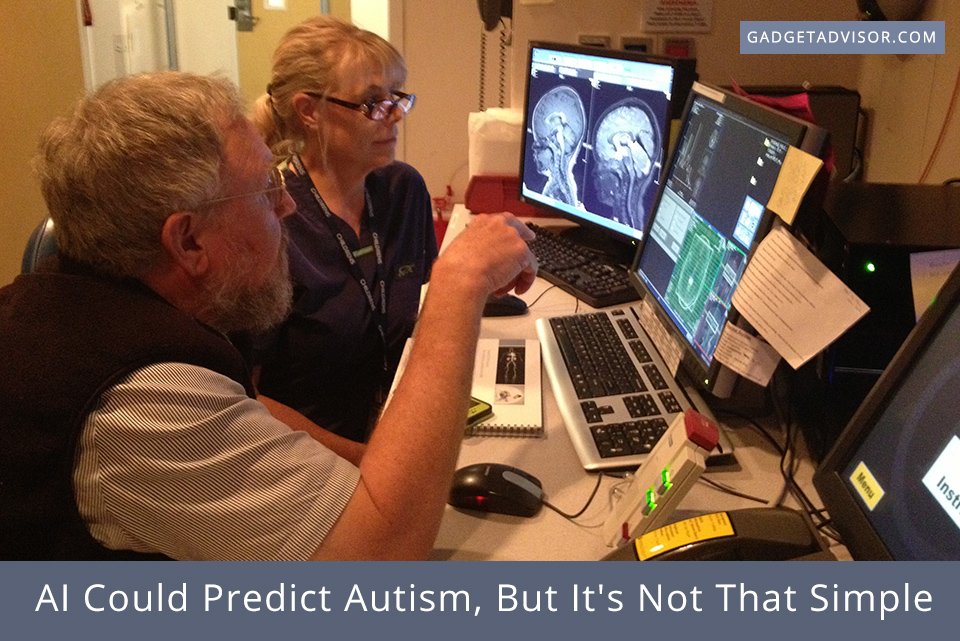Every specialist agrees that early intervention is key in helping children cope with the symptoms of autism. It’s often hard to start therapy early, however, because those symptoms typically don’t surface until between 14 and 24 months of age. Some autistic toddlers will develop normally until they are two years of age and then start regressing and showing symptoms. In some children with mild autism, it isn’t diagnosed until much later.
This is why the idea that autism could be identified in children as young as six months is so exciting. Using algorithms, genetics and family history, scientists might, in the future, successfully diagnose infants before any symptoms can be observed. But the science isn’t quite there yet. Using this method, researchers used MRIs to scan the brain of 59 six month old babies. The AI predicted that 9 of these children would develop autism symptoms by age 2 – and those 9 did, along with two others. Every child included in the research had one or more older siblings with autism, because they statistically have a 1 in 5 chance of being autistic as well, as compared to a 1 in 100 chance for children whose families have no history of autism.
By all accounts, this is a great start. There are, however, several problems ahead. In order to be effective, the detection rate has to be one hundred percent accurate. Understandably, parents who think their child is at risk are eager to have a diagnosis and begin early intervention. But what if the scan is a false positive? Early intervention is invasive and a source of stress not only for the child receiving treatment, but for the family as a whole. And while it is extremely helpful to children with autism, it really isn’t necessary for children with no developmental delays.
The other issue is treatment. It’s all well to be able to identify the condition early, but what type of therapy will be useful to a six month old who doesn’t yet present symptoms? Children on the autism spectrum present with a wide variety of developmental delays. Some may be non-verbal while others may have social anxiety. Each child is unique and requires different services. Without symptoms, it is, as of yet, impossible to determine what techniques and which specialists will benefit the child’s development.
This also reflects some issues that are common to many emerging biomedical and genetic technologies. Biohacking has caught the attention of both the medical community and the general public, with DIY CRISPR (Clustered Regularly Interspaced Short Palindromic Repeats) kits potentially offering a path to democratize gene editing. There are certainly positives to this approach; activating citizen scientists can help widen the potential pool of research data on genetic disorders. It could also provide people with tools that empower them to take some element of control over their own health. However, much like with the use of AI to predict autism, we must be careful how we use it.
Using either CRISPR or predictive AI to edit symptoms of autism out of the gene pool is tantamount to eugenics. As a species, we thrive by the diversity of abilities and perspectives present in our population, and to assume those who experience autism require broad treatment is both arrogant and ableist. Therefore our focus on using such technology must be geared toward gaining a deeper understanding, with a view to empowering those on the spectrum to more effectively co-exist with the challenges they face.
This is a giant first step into understanding autism a little better, but there is a long road ahead until AI can have a tangible effect in how we diagnose and treat autistic children.

